Washingtonia fast becoming yellow after planting
neonrider
14 years ago
Related Stories

SELLING YOUR HOUSESell Your Home Fast: 21 Staging Tips
Successful staging is key to selling your home quickly and at the best price. From cleaning to styling, these tips can help
Full Story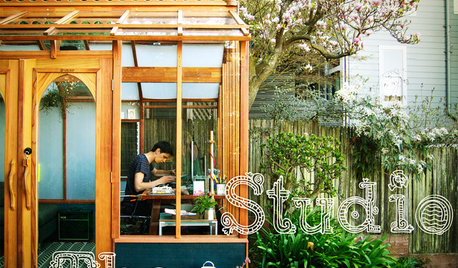
OUTBUILDINGSStudio Solution: A Kit Greenhouse Becomes a Creative Private Office
See how an inventive work-from-home designer made an office from a greenhouse, for some inspired thinking in the backyard
Full Story
PATTERNBecome a Pattern Mix Master
Layer different patterns and fabrics in your rooms like a pro with these 5 designer tips
Full Story
MOST POPULARWhen Does a House Become a Home?
Getting settled can take more than arranging all your stuff. Discover how to make a real connection with where you live
Full Story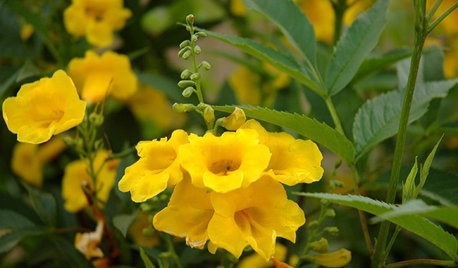
GARDENING GUIDESGreat Design Plant: Yellow Bells, a Screening Queen
With its large size and copious golden flowers, this shrub can cover walls or screen unsightly views with ease
Full Story
DECORATING GUIDESStage Your Home and Sell it Fast
11 ways to prep your house for more offers and a quicker sale
Full Story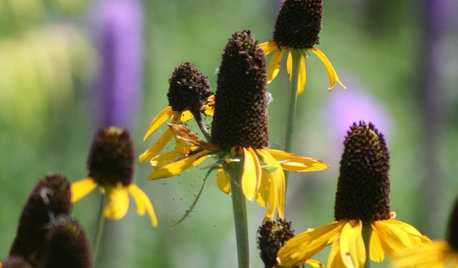
GARDENING FOR BUTTERFLIESGreat Design Plant: Giant Coneflower, a True Exclamation Point
Watch as towering stalks topped by yellow blossoms become a beacon for birds and insects in the midsummer garden
Full Story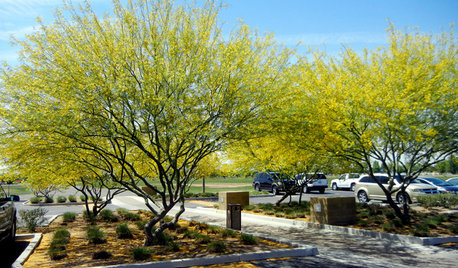
TREESGreat Design Plant: Desert Museum Palo Verde Offers a Colorful Canopy
Rising above others with its long bloom time, artful vase shape and lack of thorns, this tree is great for casting filtered shade
Full Story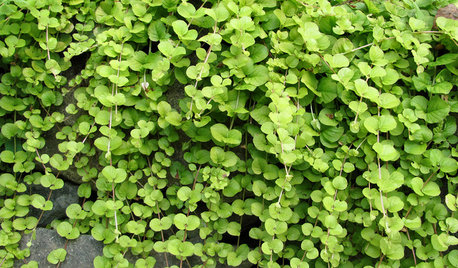
GARDENING AND LANDSCAPINGGreat Design Plant: Golden Creeping Jenny
Try this fast-growing ground cover for easy masses of gold and green in the garden
Full Story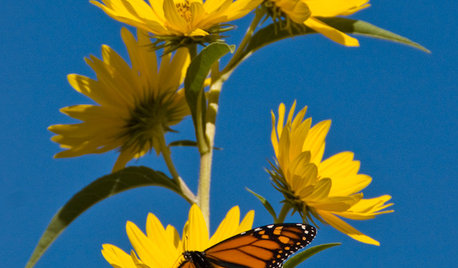
GARDENING GUIDESGreat Design Plant: Helianthus Maximiliani Attracts Beneficial Insects
Maximilian sunflower’s striking yellow flowers light up the fall landscape and attract pollinators and beneficial insects at a crucial time
Full StorySponsored
More Discussions






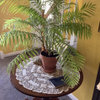
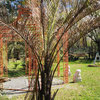
jimhardy
softmentor
Related Professionals
Allentown Landscape Architects & Landscape Designers · Montgomeryville Landscape Architects & Landscape Designers · Pelham Landscape Contractors · Williamsburg Landscape Contractors · Mastic Beach Landscape Contractors · Pahrump Landscape Contractors · Salem Landscape Contractors · Tavares Landscape Contractors · Kingsburg Landscape Contractors · Framingham Window Contractors · North Aurora Window Contractors · Sayville Window Contractors · Winnetka Window Contractors · Linthicum Window Contractors · Lindenhurst Window ContractorsneonriderOriginal Author
mastiffhoo
mike-jaramillo
jimhardy
james760
brooklyngreg
tropicalzone7
brooklyngreg
neonriderOriginal Author
softmentor
neonriderOriginal Author